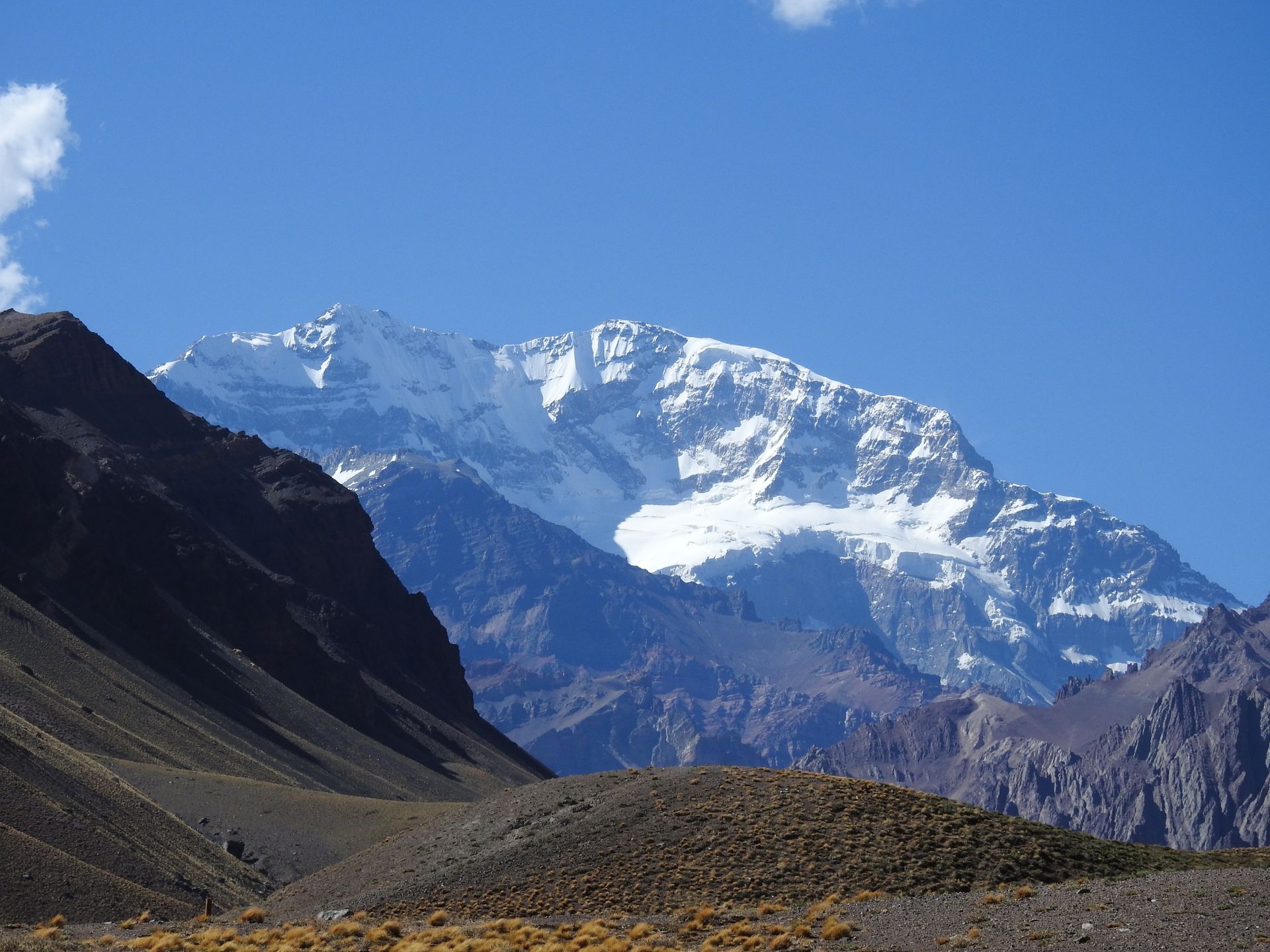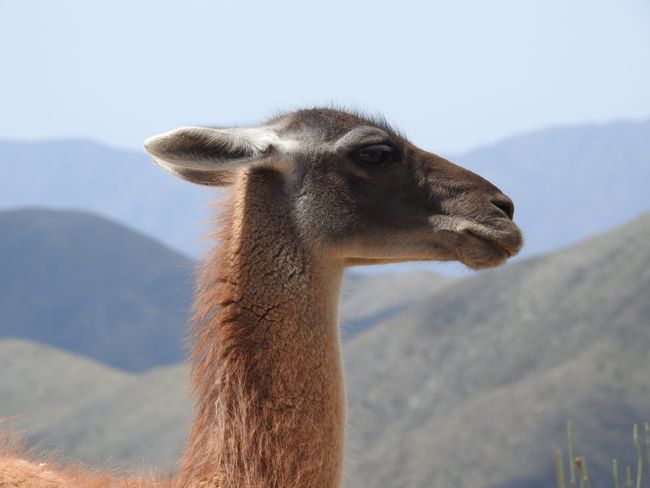Blog 12 / Isla Grande de Chiloe
Veröffentlicht: 01.02.2020
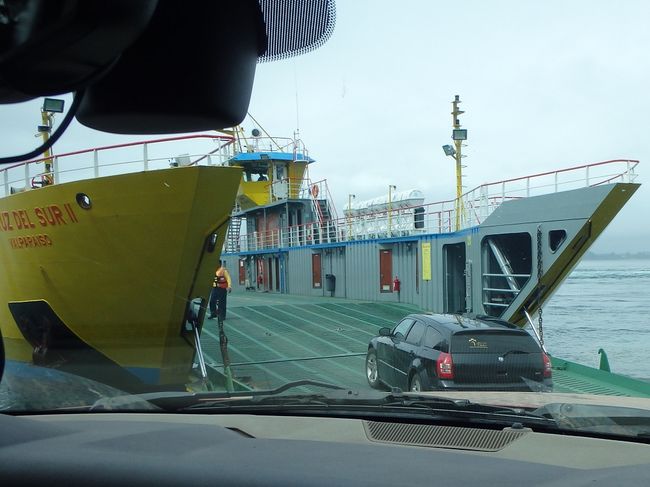
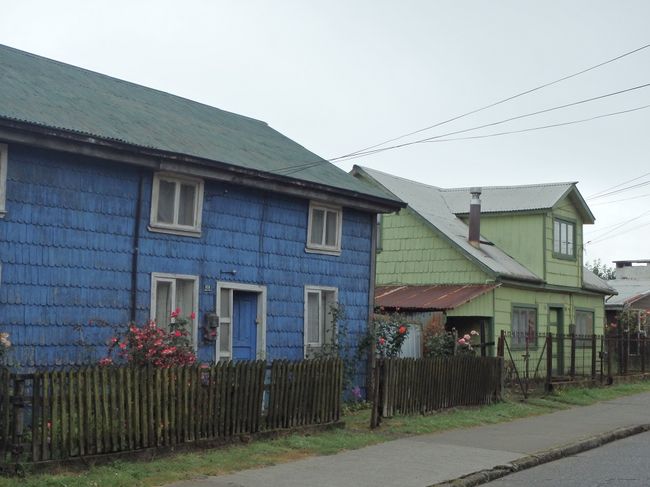
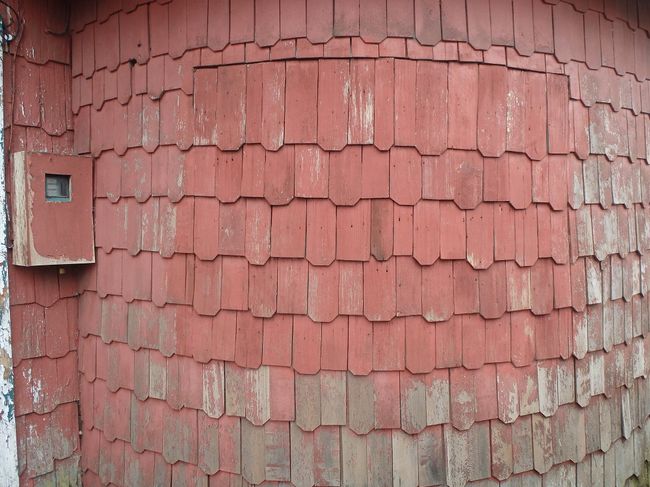
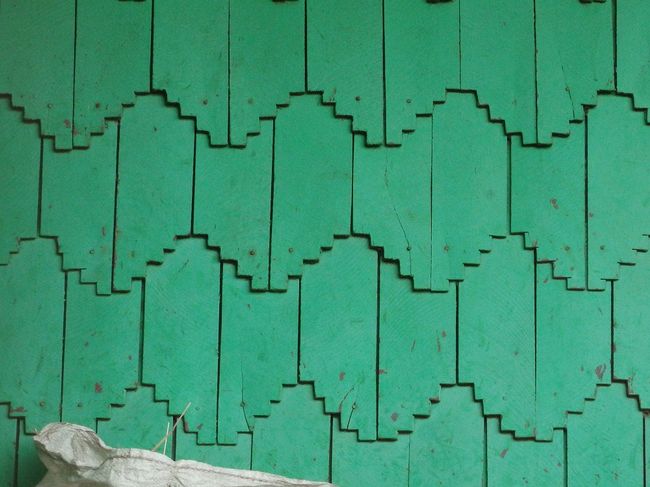
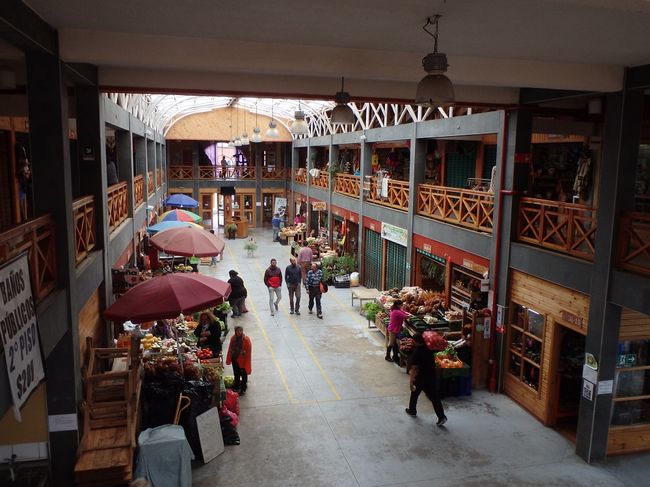
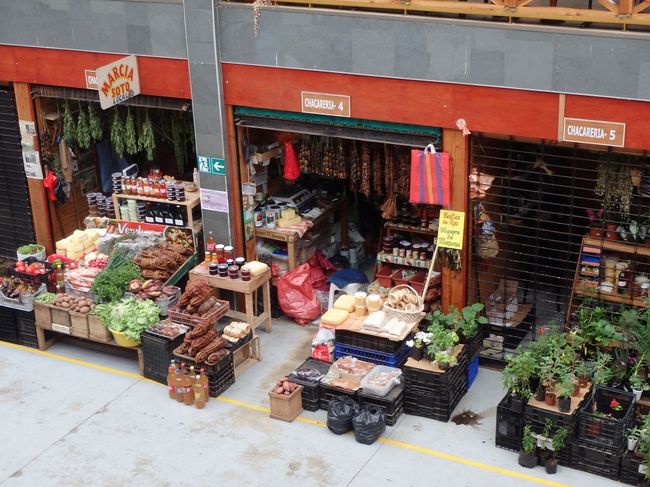
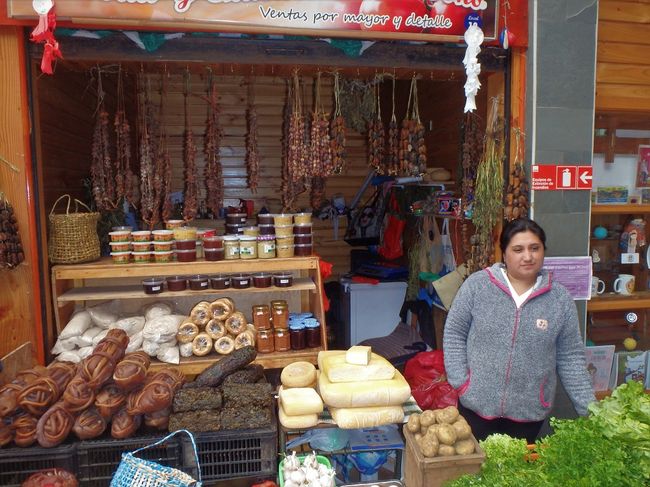
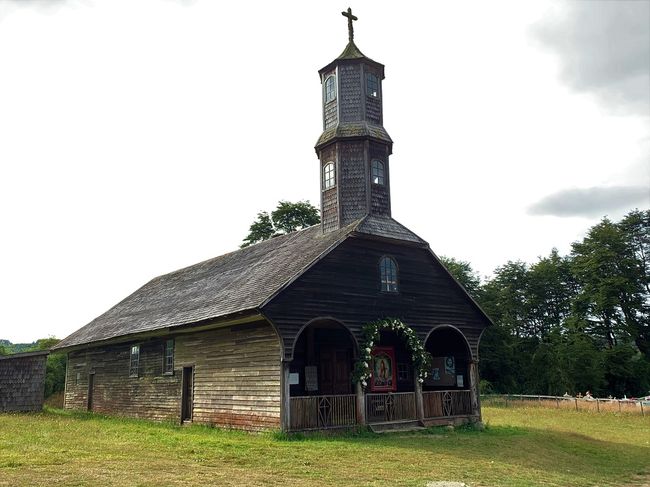
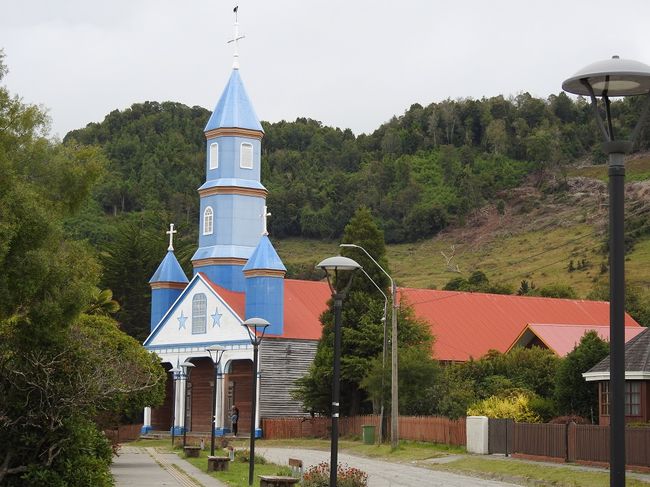
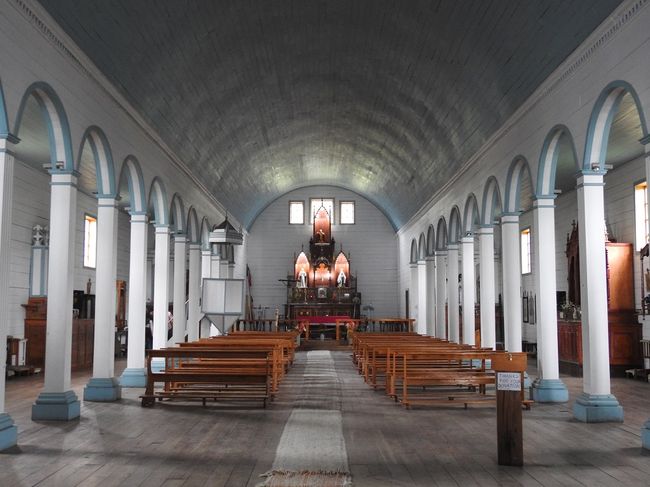
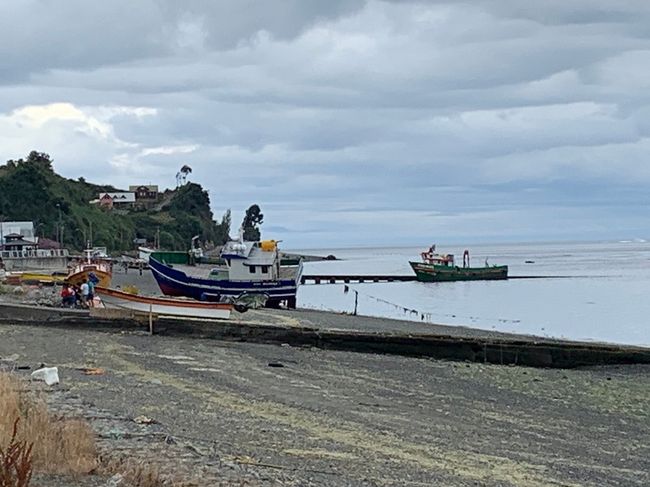
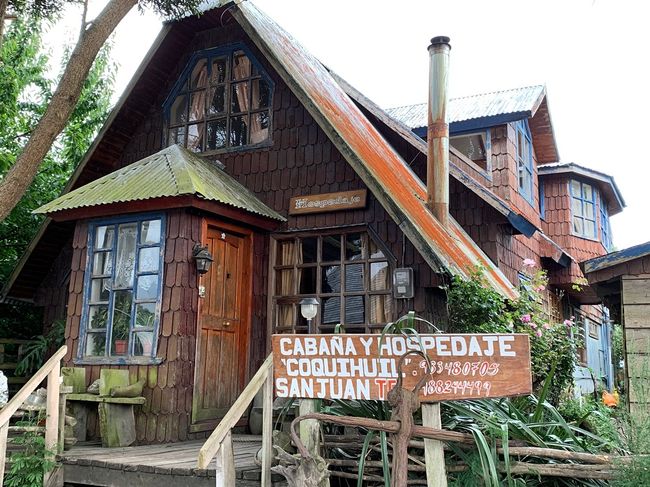
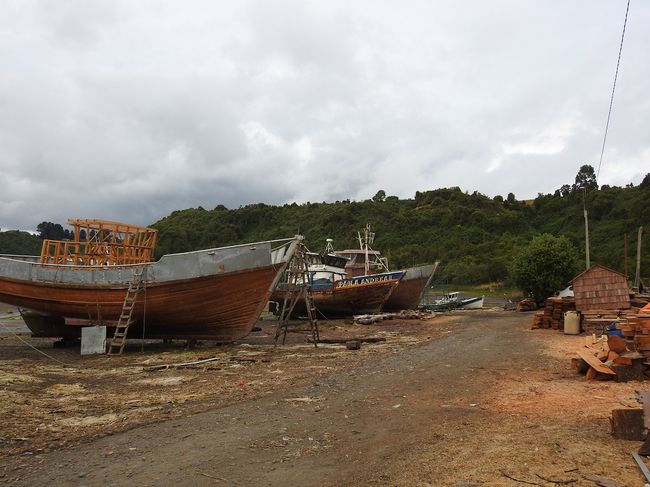
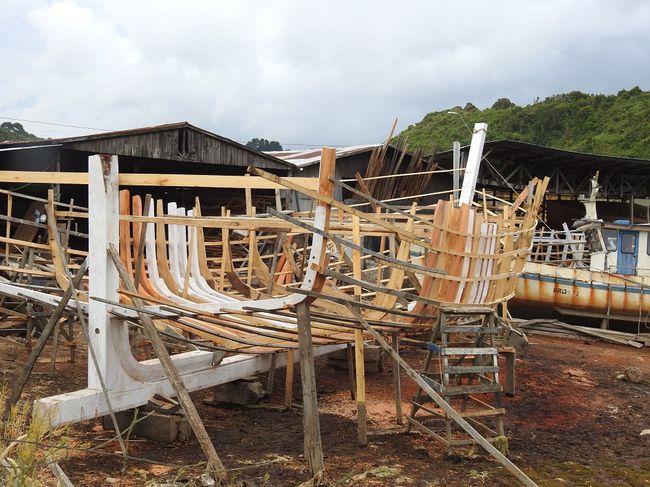
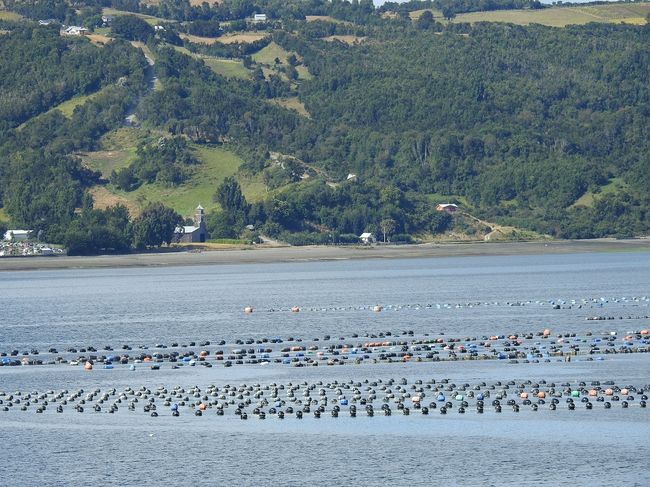
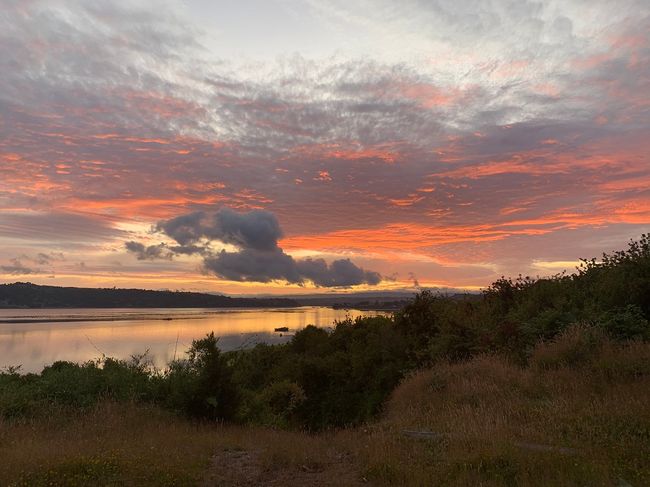
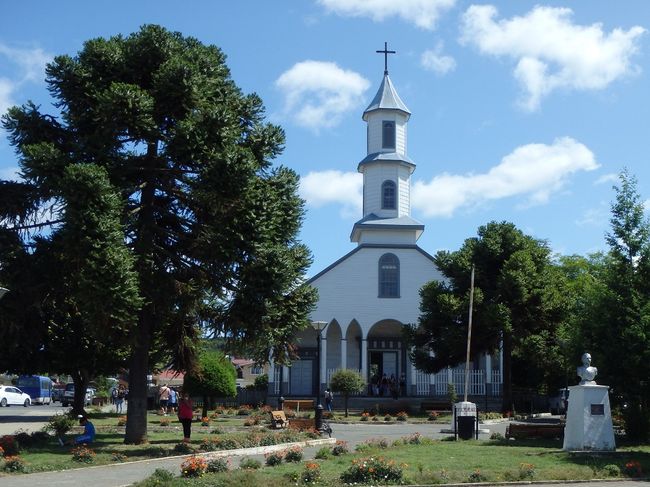
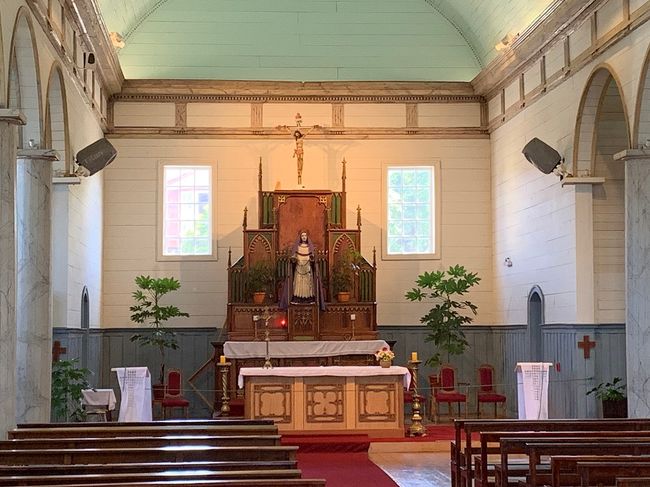
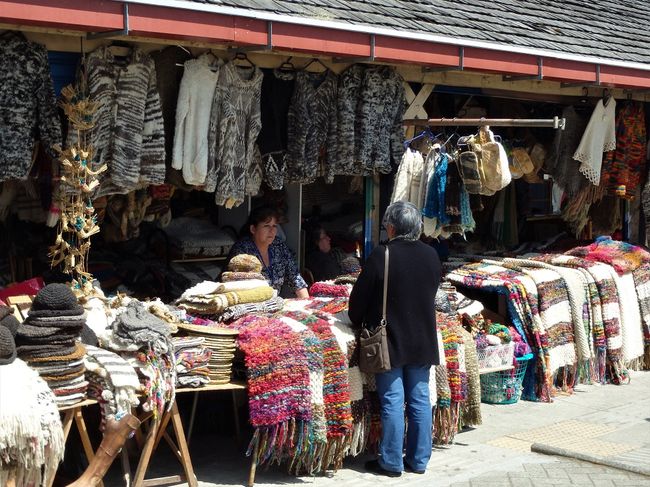
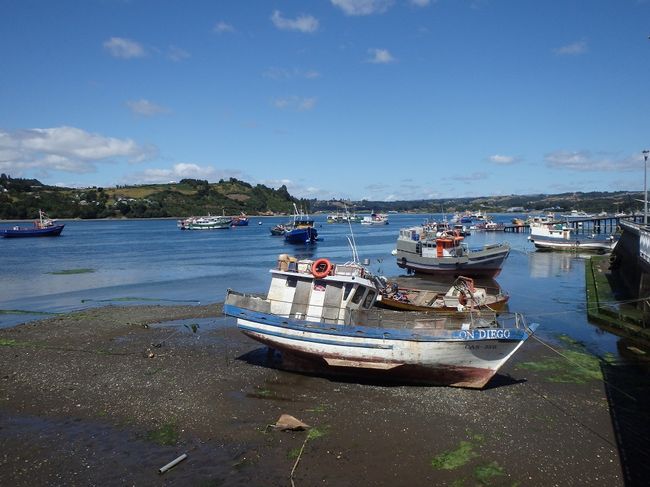
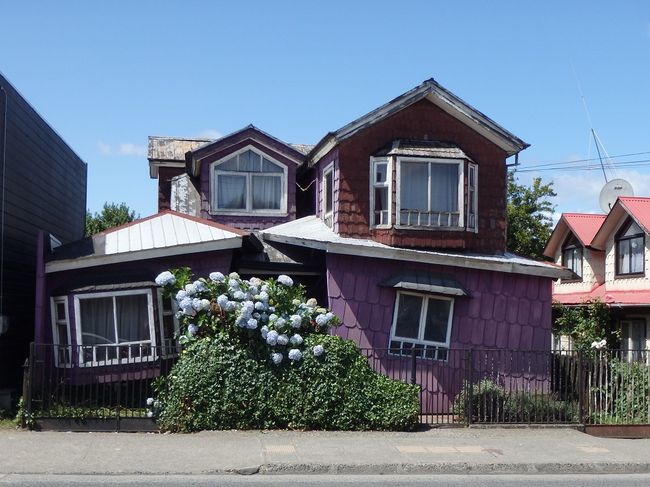
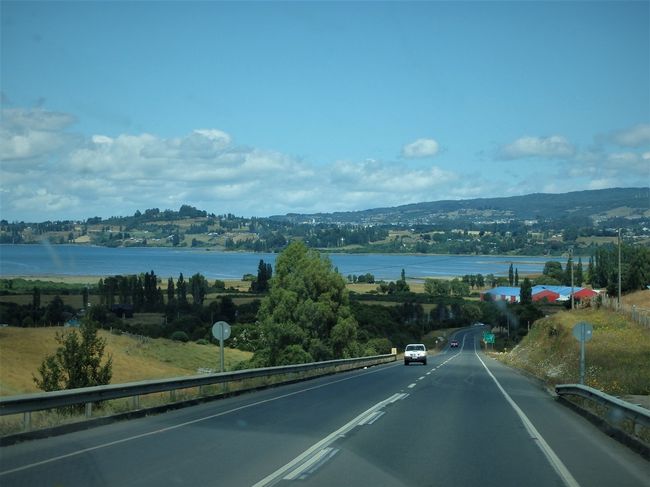
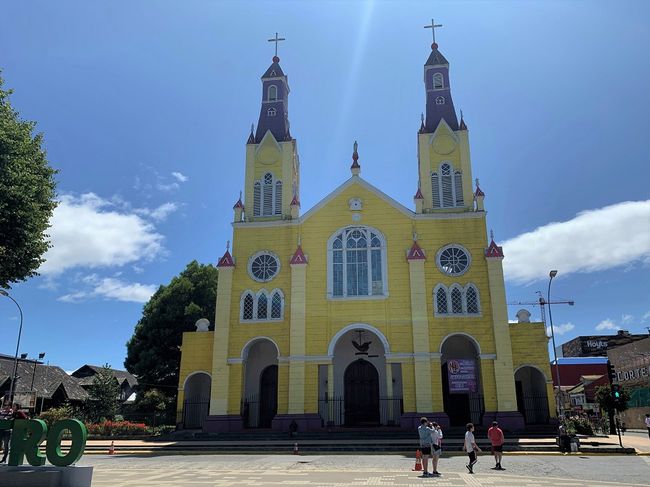
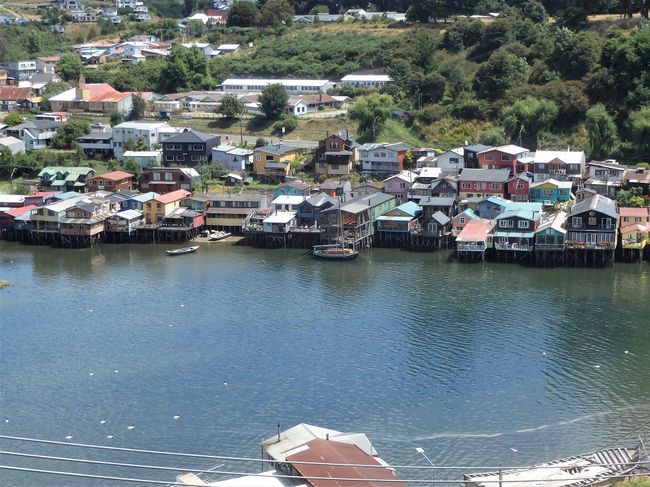
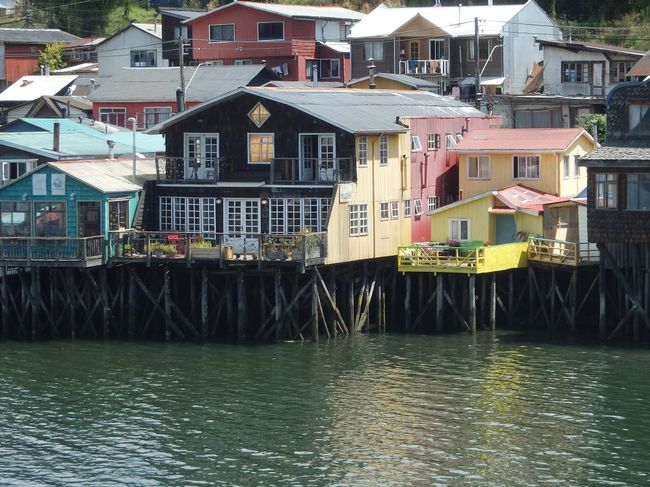
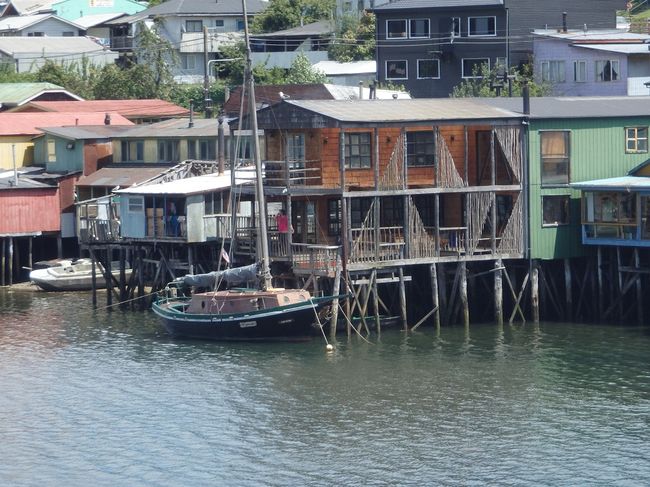
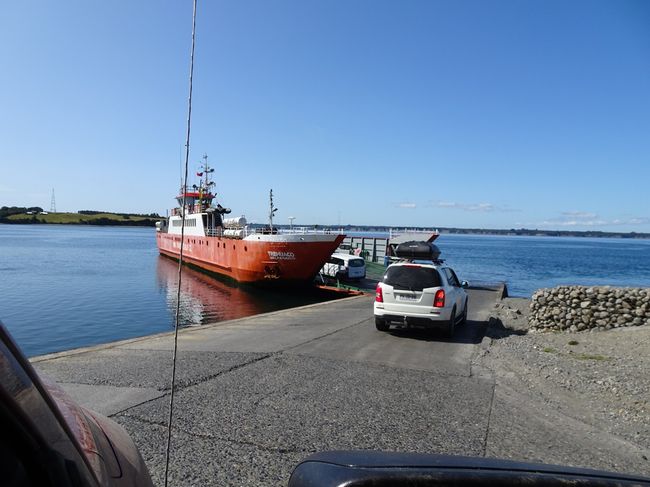
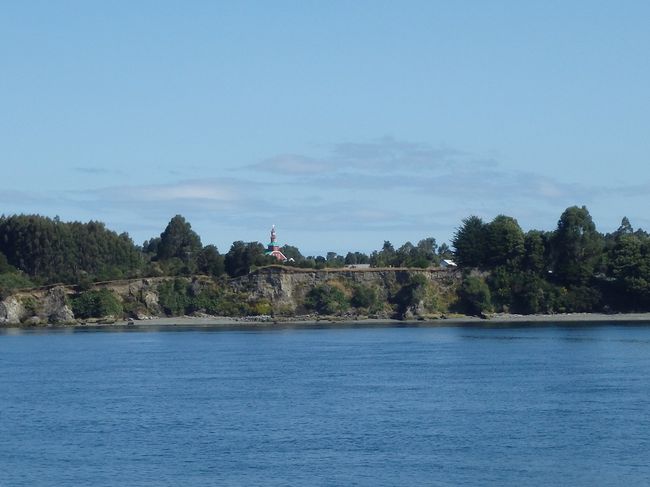
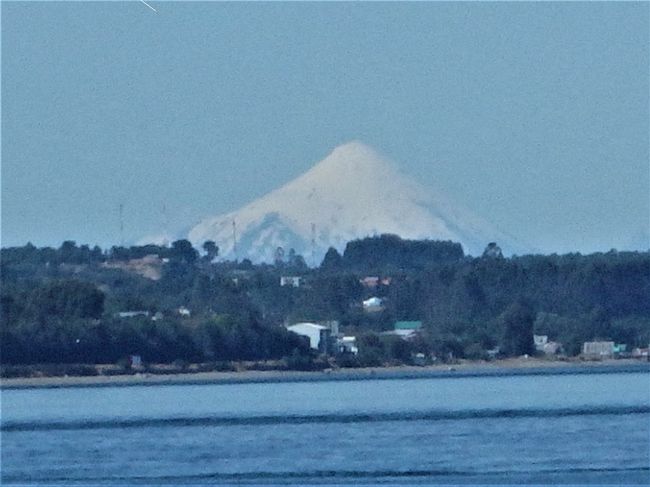
Newsletter abonnieren
Chiloe ist bekannt für seine Holzkirchen, Schindelhäuser, Wollpullover und Muschel- und Fischzuchten.
Die Insel war die letzte spanische Bastion im Unabhängigkeitskrieg von Chile.
In der Ortschaft Ancud, wie alle Orte in Chiloe auf einem oder mehreren Hügeln erbaut, sehen wir auf dem Weg zum Hauptmarkt einige der typischen, mit Holzschindeln verkleideten Häuser Chiloes. Der Markt ist bunt, recht ruhig und in der Fischabteilung auch geruchsintensiv.
Danach starten wir unseren Besuch mehrerer der als UNESCO Weltkulturerbe anerkannten Holzkirchen. Die Jesuiten, die ab 1608 nach Chiloe kamen, wollten die ansässigen indigenen Huilliche missionieren. Dazu errichteten sie auf der Insel ein ganzes Netzwerk von Holzkirchen. Diese neue „Chilotische Schule“ gründete sich auf dem Stil der Jesuitenkirchen in Mitteleuropa im 17. Jahrhundert.
Chiloe steht im Ruf, „anders“ als das restliche Chile zu sein, uns ist das nicht aufgefallen.
Dalcahue ist schon einigermassen touristisch „verseucht“ aber doch noch ein ganz netter Ort.
Die Inselhauptstadt Castro zeigt sich uns am Sonntag ziemlich schläfrig, die Kathedrale und die Stelzenhäuser sind aber sehenswert.
Chiloe is famous for it’s wooden churches, shingle houses, woolen pullovers, oyster beds and fish farming.
This island as the last Spanish bastion in Chilean independence war.
In Ancund we are passing several of the typical shingle covered houses on our way the main market. There your find nice colourful booths selling vegetables, fruit, fish, mussels a.s.o.
Afterwards we start our tour oft he wooden churches of Chiloe – UNESCO world culture heritage.
The Jesuits wanted to christianize the local indigen people oft he Huilliche after their arrival here in 1608. They erected a real network of wooden churches around the island to support their plans. The new „Chiloe Style“ was based on the style oft he Jesuits churches in central Europe oft he 17th century.
Chiloe is said to be „different“ than the other Chile – we could not recognize really.
Dalcahue is a quite nice village but already touched by touristic business.
Castro, the island’s capital has interesting spots – the cathedral and the stilt house. Being there on Sunday we found the city a little sleepy.
Newsletter abonnieren
Antworten (1)
Guenter
Wunderschöne Landschften und Phantastische Bilder!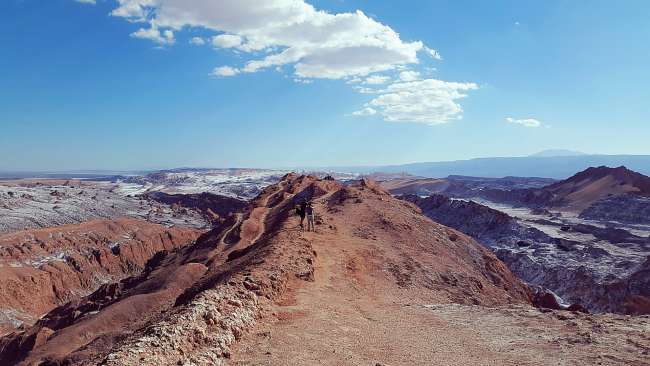
Reiseberichte Chile
